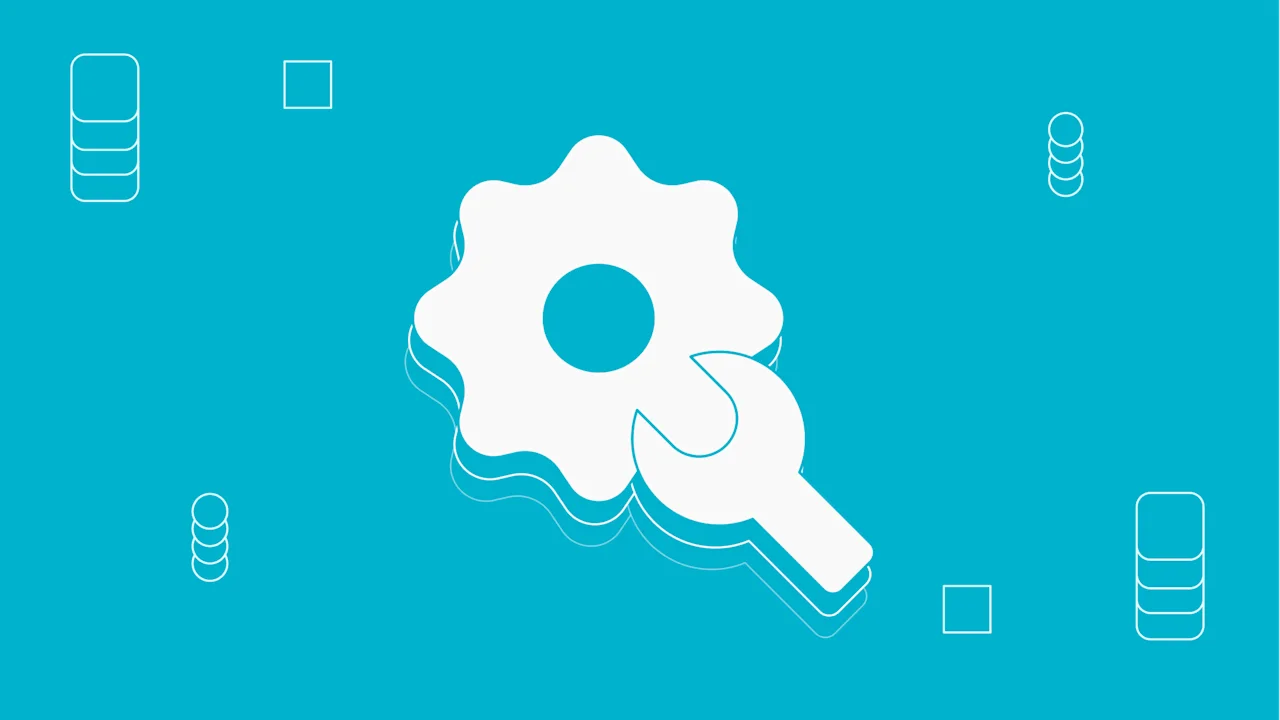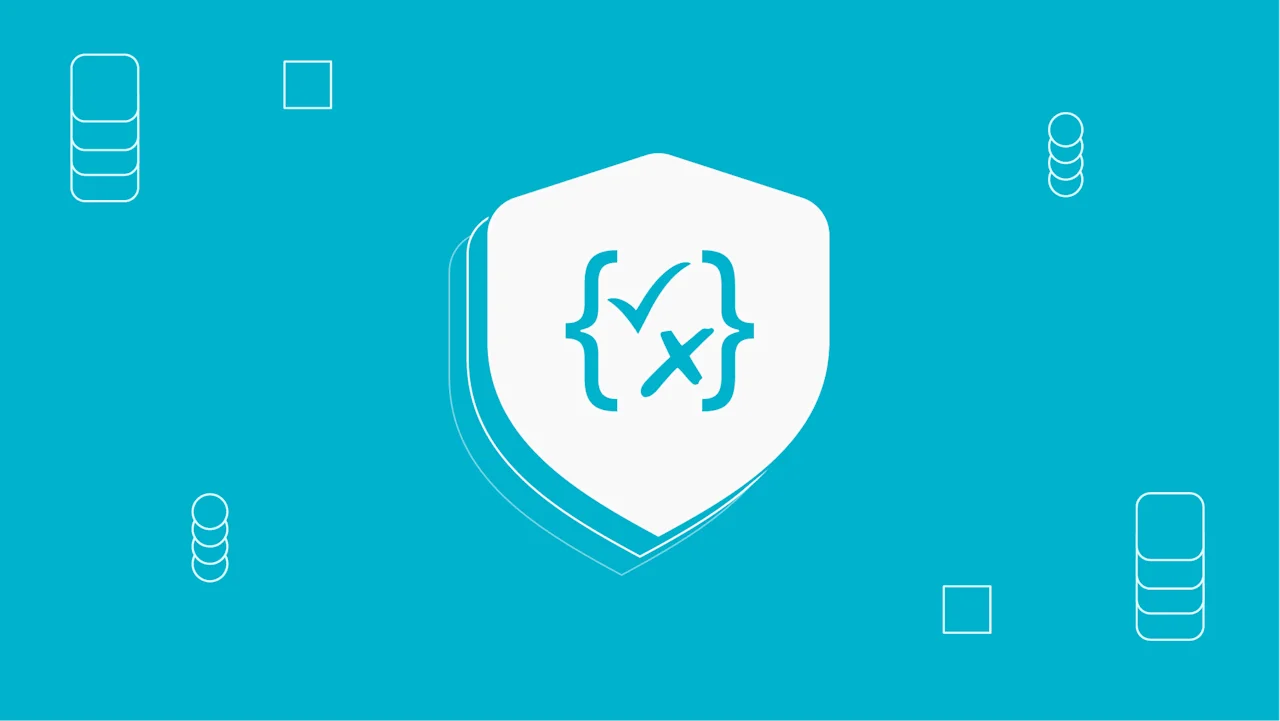Lenses Blog
 How-toDecember 9, 2025JSON schemas to control your Lenses & infrastructure provisioning
How-toDecember 9, 2025JSON schemas to control your Lenses & infrastructure provisioningManage Lenses and Kafka configuration with JSON Schemas. Integrate configuration-as-code and powerful validation into your IDE to prevent deployment errors and automate your streaming data application landscape.
 ReleasesDecember 5, 2025Lenses 6.1 - Kafka connectivity to your Copilot & self-service data replication
ReleasesDecember 5, 2025Lenses 6.1 - Kafka connectivity to your Copilot & self-service data replicationLenses 6.1: Self-service data replication, IDE-style Kafka Studio, and AI-assistance via MCP. Streamline Kafka app development, governance, and data sharing/migrations with enterprise-grade tools for a delightful developer experience.
 FeaturesNovember 10, 2025Topic & data multi-Kafka governance with your AI-assistant
FeaturesNovember 10, 2025Topic & data multi-Kafka governance with your AI-assistantLenses MCP Server brings 100x productivity gains on governance with Apache Kafka
 AnnouncementsNovember 6, 2025Lenses MCP for Kafka
AnnouncementsNovember 6, 2025Lenses MCP for KafkaWhat took weeks can take minutes with AI-Assistants and Agents connected to the new Lenses MCP Server
 AnnouncementsNovember 5, 2025Lenses Appoints Tun Shwe to Lead Real-Time AI Strategy As Business Modernization Demands Grow
AnnouncementsNovember 5, 2025Lenses Appoints Tun Shwe to Lead Real-Time AI Strategy As Business Modernization Demands GrowLenses.io strengthens its AI commitment, naming Tun Shwe as Head of AI. The new Lenses MCP Server links LLMs to real-time Kafka data, transforming engineering workflows and enabling autonomous agentic AI.
 Kafka replicationDecember 9, 2025Fat Fingers? Not With Our K2K Config Schema Protector!
Kafka replicationDecember 9, 2025Fat Fingers? Not With Our K2K Config Schema Protector!Protect your Kafka2Kafka pipelines from nightmares with JSON Schema. Catch typos, validate values, and enforce structure before deployment. Learn how strict validation prevents incidents, speeds up onboarding, and ensures bulletproof configurations.
 Kafka replicationOctober 22, 2025How Multi-Kafka impacts data replication strategy
Kafka replicationOctober 22, 2025How Multi-Kafka impacts data replication strategyDiscover the benefits of multi-Kafka architecture for data replication. Learn how to overcome challenges like data silos, optimize infrastructure costs, and ensure efficient real-time event processing in large enterprises with Lenses.
 Kafka replicationOctober 22, 2025The True Cost of Kafka Replication
Kafka replicationOctober 22, 2025The True Cost of Kafka ReplicationSEO Description: Discover the true costs of Kafka replication with MirrorMaker 2, Confluent Replicator, Confluent Cluster Linking, Amazon MSK Replicator, and Lenses K2K. Reduce complexity, avoid vendor lock-in, and optimize your data replication strategy.
 Kafka replicationOctober 22, 2025Taming MirrorMaker2
Kafka replicationOctober 22, 2025Taming MirrorMaker2MirrorMaker 2 configuration can be a headache. Don't waste time on simple setup errors! This post reveals the 4 most common MM2 gotchas (from REGEX to topic pitfalls) to guarantee smooth cross-cluster Kafka replication.






